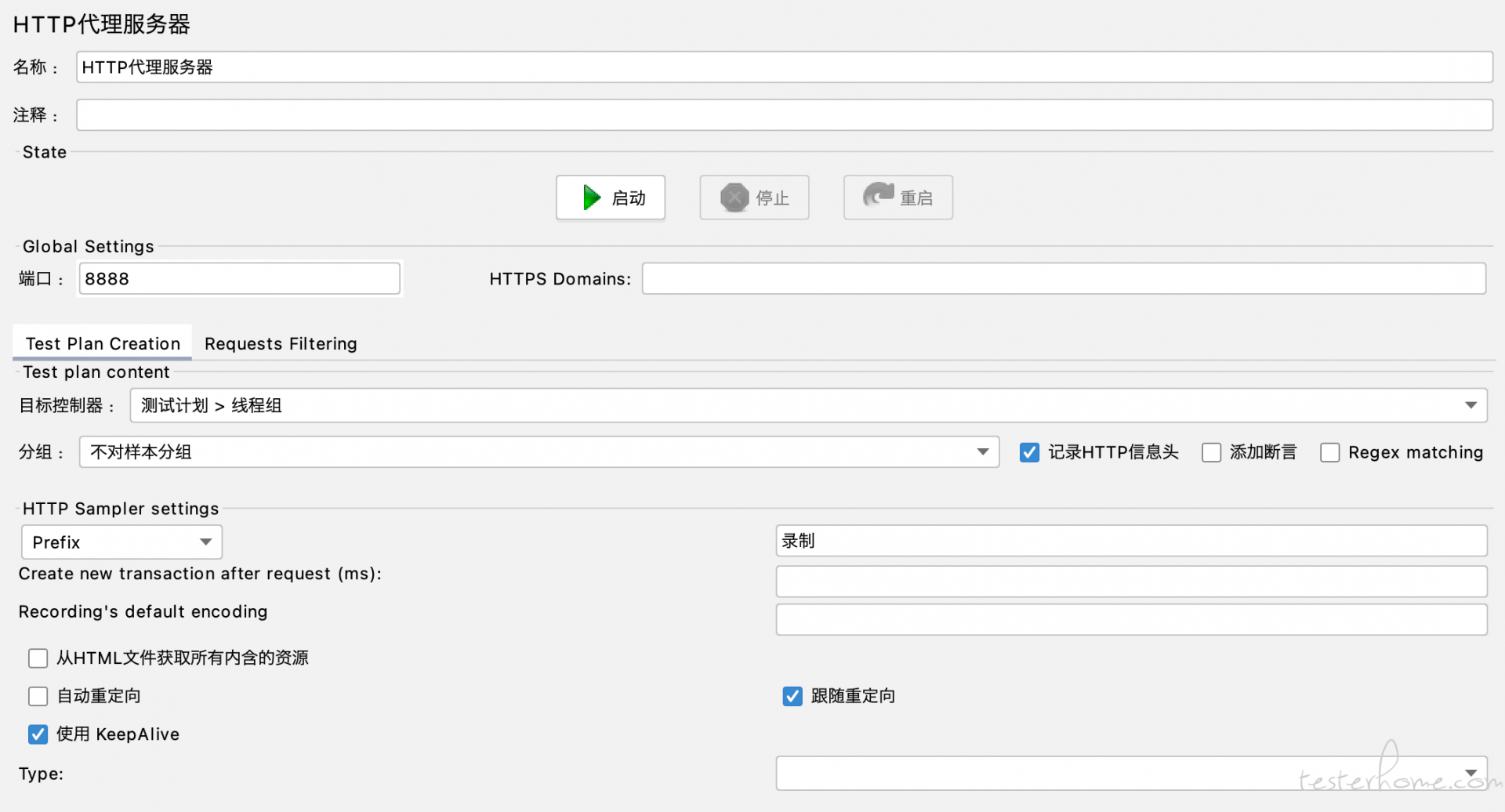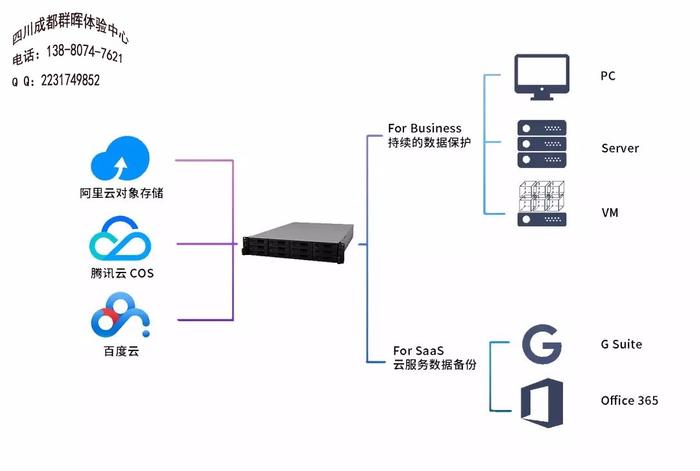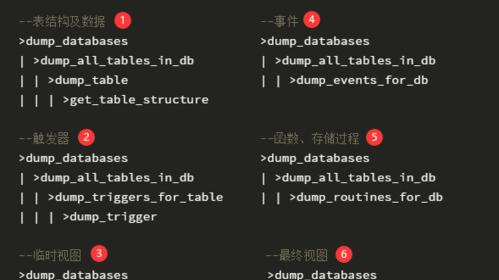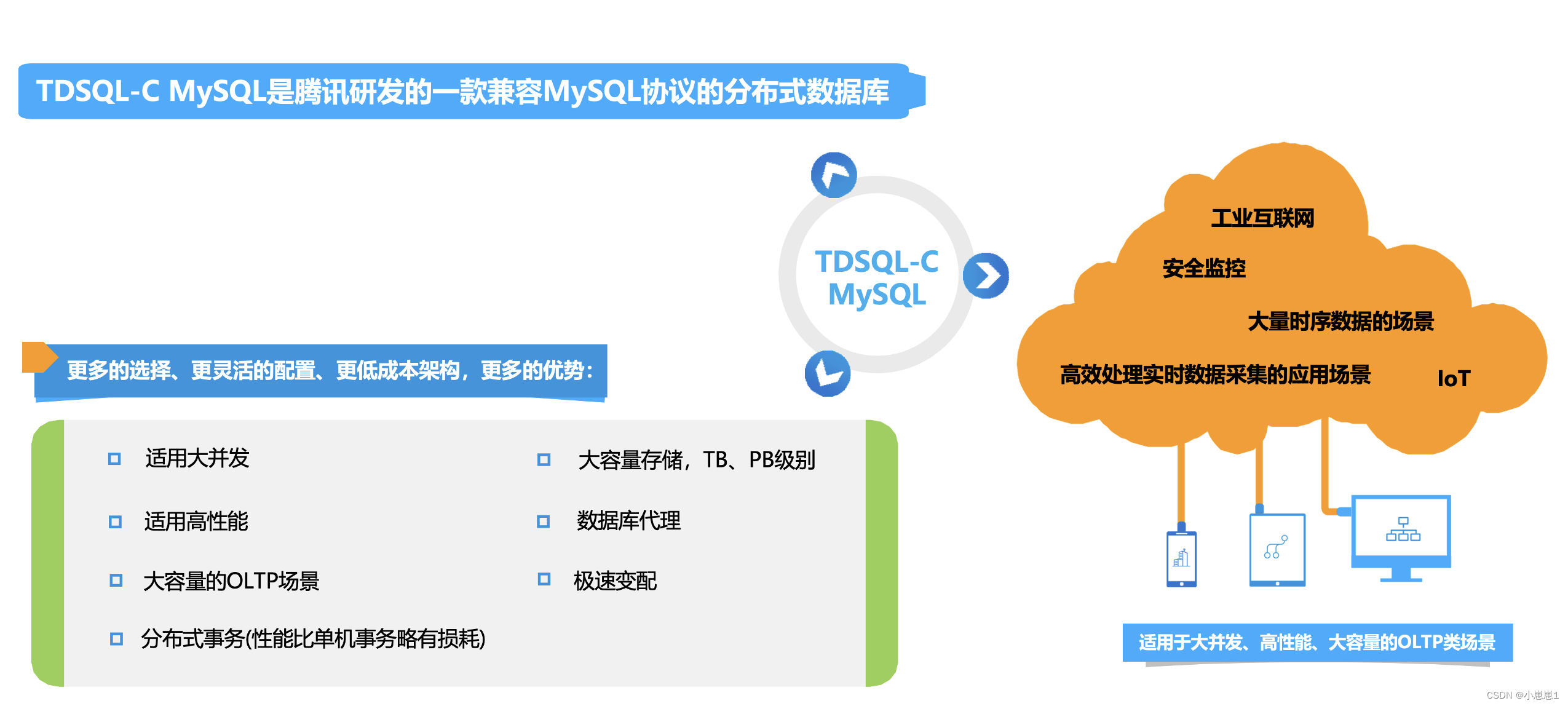上一篇
httpclient设置代理服务器
- 行业动态
- 2025-04-29
- 3
使用HttpClient.Builder设置代理,创建Proxy对象并配置代理地址和端口,调用.proxy
HTTPClient设置代理服务器详细指南
在网络编程中,有时我们需要通过代理服务器来访问目标网站,使用Java的HTTPClient库时,设置代理服务器是一个常见的需求,以下是详细的步骤和代码示例,帮助你完成这一操作。

基本概念
- 代理服务器:代理服务器是位于客户端和目标服务器之间的服务器,客户端的所有请求都会先发送到代理服务器,由代理服务器转发到目标服务器,并从目标服务器获取响应后返回给客户端。
- HTTPClient:Apache HTTPComponents项目中的一个核心组件,提供了高效的、高度可配置的HTTP客户端实现。
设置代理服务器的步骤
- 创建HttpClientBuilder对象:这是构建HTTP客户端实例的起点。
- 设置代理参数:通过
setDefaultProxy方法设置全局代理,或者通过setRoutePlanner方法设置路由规划器以支持更复杂的代理配置。 - 构建HttpClient实例:使用
build方法从HttpClientBuilder对象中构建出最终的HttpClient实例。 - 执行请求:使用构建好的
HttpClient实例执行GET、POST等HTTP请求。
代码示例
使用全局代理(简单模式)
import org.apache.http.client.HttpClient;
import org.apache.http.impl.client.HttpClientBuilder;
public class ProxyExample {
public static void main(String[] args) {
// 创建HttpClientBuilder对象
HttpClientBuilder builder = HttpClientBuilder.create();
// 设置全局代理
builder.setDefaultProxy(new HttpHost("proxy.example.com", 8080));
// 构建HttpClient实例
HttpClient client = builder.build();
// 执行GET请求(这里只是示例,实际应替换为具体的请求逻辑)
org.apache.http.HttpResponse response = client.execute(new HttpGet("http://www.example.com"));
System.out.println(response.getStatusLine());
}
}使用自定义路由规划器(复杂模式)
对于更复杂的代理配置,如需要身份验证或不同的路径对应不同的代理服务器,可以使用setRoutePlanner方法结合自定义的RoutePlanner类来实现。
import org.apache.http.client.HttpClient;
import org.apache.http.client.config.RequestConfig;
import org.apache.http.impl.client.HttpClientBuilder;
import org.apache.http.impl.client.DefaultProxyAuthenticationStrategy;
import org.apache.http.impl.client.DefaultProxySelector;
import org.apache.http.impl.client.ProxyAuthenticationStrategy;
import org.apache.http.impl.client.ProxySelector;
import org.apache.http.impl.conn.BasicRoutePlanner;
import org.apache.http.impl.conn.SchemePortResolver;
import org.apache.http.impl.conn.SystemDefaultRoutePlanner;
import org.apache.http.conn.routing.HttpRoutePlanner;
import org.apache.http.conn.scheme.Scheme;
import org.apache.http.conn.scheme.SchemeRegistry;
import org.apache.http.conn.scheme.PlainSocketFactory;
import org.apache.http.conn.scheme.SchemeSocketFactory;
import org.apache.http.conn.scheme.SocketFactory;
public class CustomProxyExample {
public static void main(String[] args) {
// 创建SchemeRegistry对象,用于注册SocketFactory
SchemeRegistry schemeRegistry = new SchemeRegistry();
schemeRegistry.register(new Scheme("http", PlainSocketFactory.getSocketFactory(), 80));
// 创建SocketFactory,这里假设所有代理都需要身份验证
ProxyAuthenticationStrategy authenticationStrategy = new DefaultProxyAuthenticationStrategy();
ProxySelector proxySelector = new DefaultProxySelector();
HttpRoutePlanner routePlanner = new BasicRoutePlanner(schemeRegistry, new SystemDefaultRoutePlanner(proxySelector, authenticationStrategy));
// 构建HttpClientBuilder对象并设置参数
HttpClientBuilder builder = HttpClientBuilder.create();
builder.setRoutePlanner(routePlanner);
builder.setDefaultRequestConfig(RequestConfig.custom().setProxy(routePlanner).build());
// 构建HttpClient实例
HttpClient client = builder.build();
// 执行GET请求(这里只是示例,实际应替换为具体的请求逻辑)
org.apache.http.HttpResponse response = client.execute(new HttpGet("http://www.example.com"));
System.out.println(response.getStatusLine());
}
}相关问题与解答
问题1:如何判断一个请求是否应该通过代理服务器发送?
答:这取决于你的应用逻辑,你可以根据URL的某些特征(如域名)、请求头中的特定信息或其他业务规则来决定是否使用代理,在HTTPClient中,你可以通过实现HttpRoutePlanner接口来自定义路由决策逻辑。
问题2:如果我的应用需要同时使用多个代理服务器怎么办?
答:你可以为每个代理服务器配置一个HttpHost对象,然后使用setRoutePlanner方法结合自定义的RoutePlanner类来实现,在RoutePlanner的determineRoute方法中,根据请求的URL或其他条件选择相应的`HttpHost









